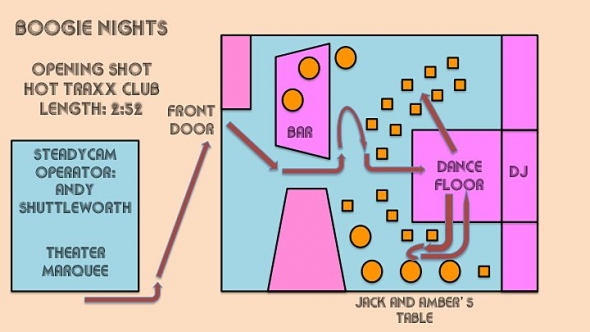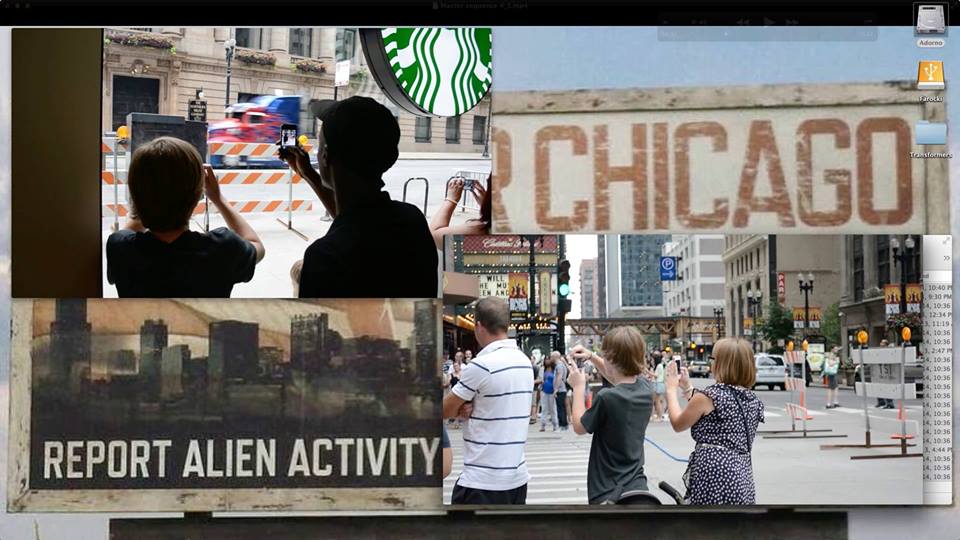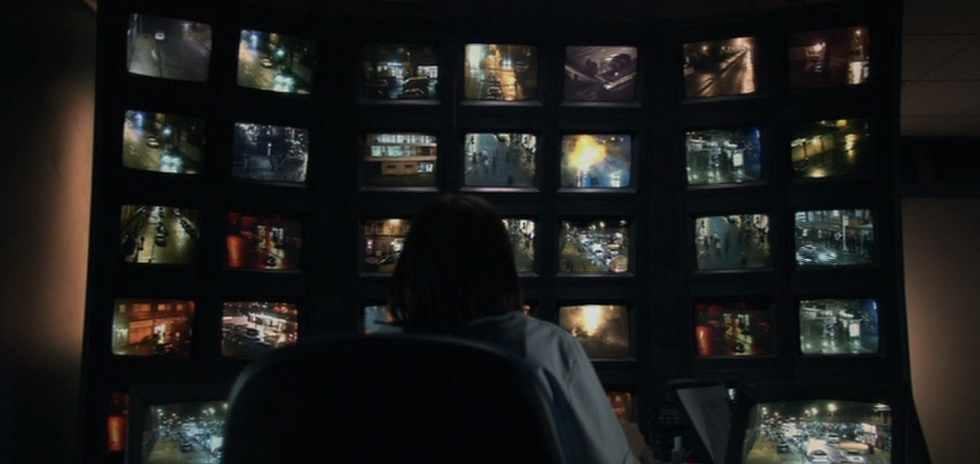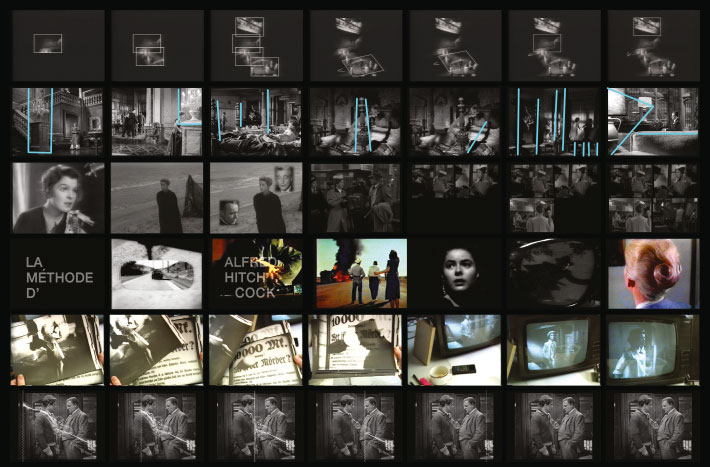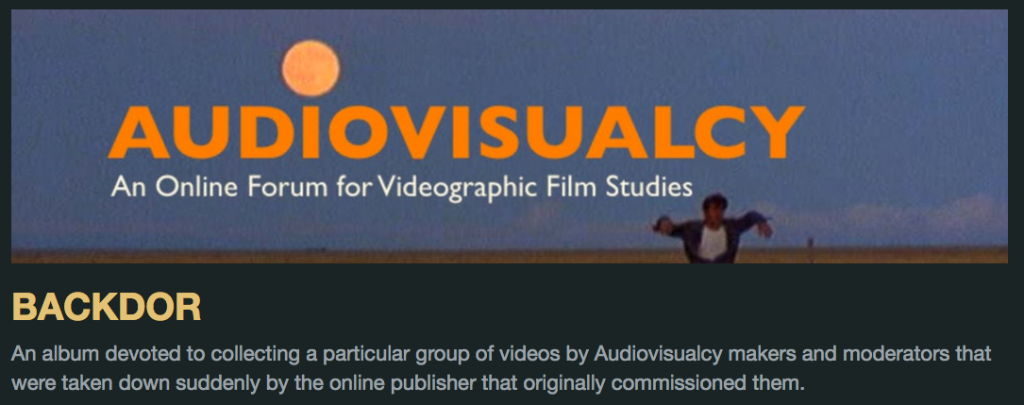
On January 6 2017, approximately 280 video essays disappeared from the Vimeo channel of Fandor, the company for whom I had served as Founding Editor and Chief Video Essayist since 2010. As reported in an article by Conor Bateman, a video essayist whose own works were removed from the site:
Fandor Keyframe began removing older video essays from their website following advice from their in-house legal counsel… The legal question, as far as I am aware, primarily concerned the use of music in video essays, which could have placed a greater burden on Fandor to prove fair use under American copyright law. Fandor is currently in the process of reviewing and rescoring some of these removed video essays. As it stands, though, many of the best video essays of the last few years are currently unavailable to watch online.
In response to this action, I resigned my position as Chief Video Essayist. At the same time, members of the academic community expressed dismay that so many works had disappeared at once simply due to a change in corporate policy by the party that had hosted them. Many of these works are used as educational material in classrooms and referenced by scholars in their studies of cinema and videographic research.
Fortunately the rights to these works reverted back to their creators as stipulated in their contracts, and many of these video essays have been re-uploaded by their originators on their personal accounts. I myself have spent the last six weeks re-uploading the 215 video essays that I had produced for Fandor over the last six years, a process which I have just recently completed.
At the same time, the Vimeo channel Audiovisualcy took interest in re-assembling these videos as a body of work. Audiovisualcy is the leading curator of outstanding video essay content online, having just curated its 1500th video essay. After discussion with several video essayists who had been affected, Audiovisualcy created an album to collect and identify the 280 newly restored video essays. And so we present this album, labeled BACKDOR.
Speaking to why this channel is important, I believe that it reinforces a basic conviction: audiovisual essay work is of significant cultural and scholarly value. Therefore, it should not simply disappear from the internet if its original host no longer desires to be associated with it. It comes down to what sort of underlying set of principles and values we want to govern the internet, especially when it comes to matters of creativity, critical thinking, and personal expression through media.
It also presents an opportunity to celebrate the work of the many video essayists I worked with as editor of the site. Every video we worked on became an opportunity to ask new questions about this ever-evolving form and what we could express through it. As a result, there were many moments of innovation, surprise and delight both in these videos and in the process of making them. I wonder if such a collaborative environment will ever exist again in the service of this type of work. For now, this collection stands to commemorate a significant chapter in the development of video essays.
Here is a roll call of the video essayists whose work had been taken down, as well as a link to their profile, the number of videos initially taken down, and one example of their work.
Jacob T. Swinney (15 videos)
Continue reading “Highlights from the BACKDOR Collection” →


